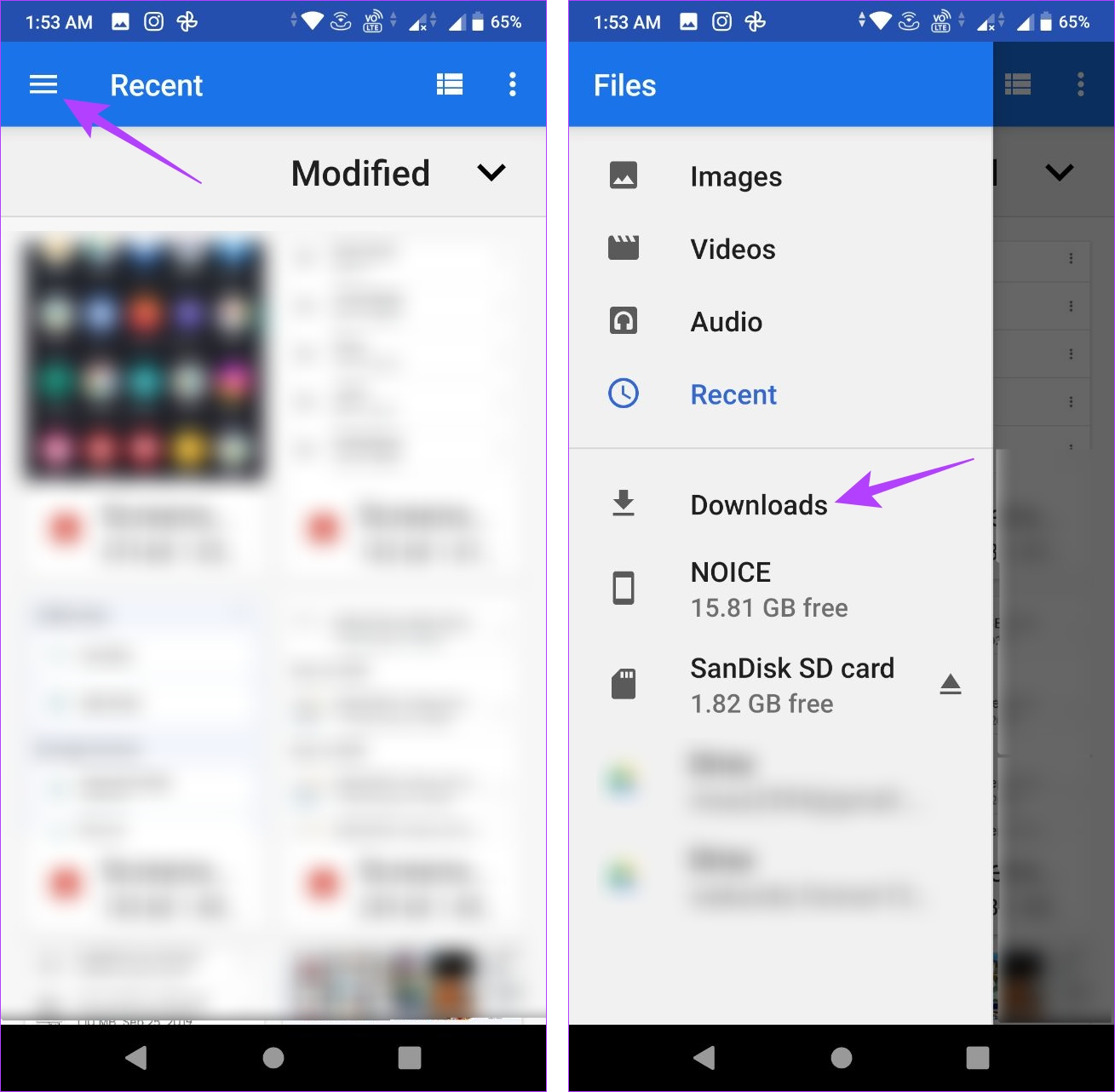Top latest Five downloads on android tablet Urban news
Top latest Five downloads on android tablet Urban news
Blog Article
Downloading data on your Android tool is straightforward, yet situating them can be a hassle. Before you recognize it, photos, video clips, screenshots, and various other documents mess your phone. You require to recognize where those downloads went to make sure that you can remove unneeded records that are occupying room on your phone.

If you're having problem situating a vital data that seems to have actually vanished into thin air, are afraid not! This overview is here to help you track it down and obtain your Downloads folder in order. Whether you're a happy proprietor of among the top-rated Google Pixel phones or another Android device, we'll reveal you just how to swiftly discover your downloads and keep them neatly arranged.
Locate your downloads with the default documents supervisor
Every phone manufacturer might provide a one-of-a-kind pre-installed Android application for organizing files, yet your use should be equivalent. If you have a Samsung device, you can consult our overview on finding downloads on your Samsung Galaxy phone.
Just like various other prominent operating systems, Android has actually a designated Downloads folder for saving files. To situate your downloaded data on your tool, comply with these actions:
1. Open the Documents or My Files application from the home screen or application drawer.
2. Try to find a section called Downloads.
3. Touch it to view the data you downloaded and install.
Utilize the Data by Google application for your downloads
Numerous Android file supervisor applications on the Google Play Store allow you to find your downloaded and install files. Data by Google is one of the very best alternatives if you don't intend to deal with difficult UIs. It's also a great substitute for any default data supervisor app preinstalled on your tool.
4. Open the Files app.
5. Select the Browse tab at the bottom.
6. Tap Downloads.
7. Select the Download tab to see the data because folder.
Find your downloads by hand
If you're incapable to situate the Downloads folder on the major page of your file manager application, attempt accessing your phone's inner storage space rather. Right here's a detailed overview on exactly how to do it:
1. Open up the Data app.
2. Select the Browse tab near the bottom.
3. Scroll down and go to Interior storage.
4. Tap the Download folder.
Move your downloads to an additional area
Relocating files away from the Downloads folder is practical for several reasons, particularly for files including private or personal information. Placing these documents right into their folder maintains them protected and makes it challenging to delete them accidentally. It additionally avoids them from getting hidden and combined with the other random documents you download.
1. Open the Files app.
2. Navigate to your Download folder.
3. Tap the three-dot menu to the right of any file.
4. Choose the Move to option.
5. Tap Internal storage at the bottom.
6. Select any location or folder.
7. Tap Move here to transfer the file to that location.
Additionally, you can utilize the Copy to feature and transfer these files to a different click here location. This enables you to create numerous copies without deleting the original files from your Download folder.
View the exact location of your downloadsM/b >
At times, you might need to locate the Download folder click on the three-dot menu beside a downloaded file and select File info. For many up-to-date Android devices, the default path for downloads is/ storage/emulated/0/ Download. Although certain third-party web browsers could save files elsewhere, this is typically the primary download location.
Managing your downloads is easier than you think
The Files app by Google is an excellent choice for those who appreciate a straightforward file management solution. With its user-friendly interface and simple features, this app effectively categorizes your files into different types such as downloads, images, videos, and audio. Additionally, it provides the option to remove unnecessary files.
Speaking of tidying up, you can free up more storage space by learning how to delete unwanted WhatsApp media files. You can install an SD card on some Android devices if you're still short on space.
Report this page